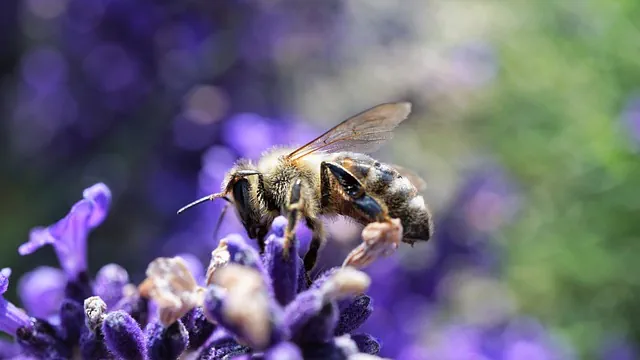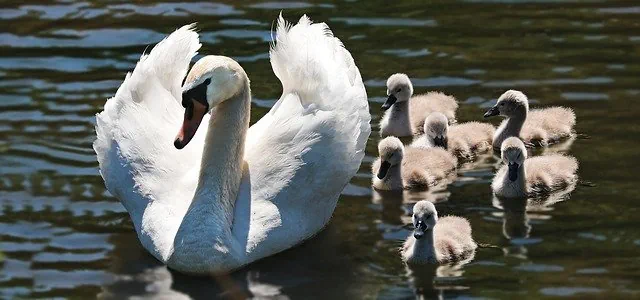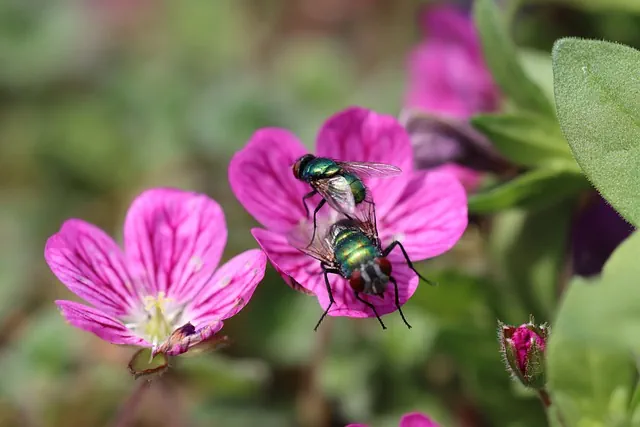![Header banner of 'What Are the Three Types of Biodiversity?[Explained]'](/post/what-are-the-three-types-of-biodiversity/banner.webp)
What Are the Three Types of Biodiversity?[Explained]

Table of Contents
Biodiversity is the most intricate and vital feature of our planet. According to a distinguished professor at Oxford University, it makes the Earth beautiful and habitable. The term originates from the phrase “biological diversity”, which refers to life at all levels on this planet. This vital field concerns varied life forms, including ecological, evolutionary, and cultural processes that help sustain life on Earth.
We have three types of biodiversity. We want to pay close attention to each of them, but before that, let’s see why biodiversity is important and the elements that threaten its existence. With these vital pieces of information, you will appreciate the role of diversity on the Earth much more. Besides, you will be able to see the benefits of increasing our biodiversity conservation efforts.
Why is Biodiversity Important?
Biodiversity is the essential resource we have on the Earth for the following reasons:

Bee on a flower from pixabay
Support the Ecosystems that We Depend On
In the 1980s, researchers Anne Ehrlich and Paul R. likened species with a plane’s wings. They observed that losing one could lead to some disasters, but each loss adds to an increase in the probability of a severe global problem.
This is accurate since our lives depend on biodiversity in almost every way.
Let’s use Kenya’s Lake Turkana to demonstrate this. This world’s largest desert lake is a habitat for hippos, birds, Nile crocodiles, and a wide variety of wildlife. Moreover, over 300 000 people rely on it for food and income. Unfortunately, the lake is under intense pressure due to natural and human activities. So, without the best conservation methods, the biodiversity could go extinct, which implies that animals and plants that depend on it could starve and die.
Other types of biodiversities worldwide support life in different ways but could face the same fate if nothing is done to save them.
Protects Human Health
There is a close link between the degradation of our biodiversity and disease outbreaks. According to one study, 70% of emerging viral diseases today spread from animals to human beings. The COVID19 pandemic, for example, can be traced to some wild animals in some parts of the world.
Deforestation is promoting climate breakdown. This, in turn, allows disease carriers, such as mosquitoes, to infect more people.
These examples show that humans are likely to suffer untold health risks without proper care for animals and plants.
Benefits the Global Economy
At least 80% of the poor and 40% of the world’s economy depend on biological resources. So, if the efforts to rescue biodiversity continue to fail, the ecotourism, commercial forestry, and food industries are highly likely to lose billions of dollars per year and eventually fail.
Part of Our Identity and Culture
Nations, organizations, and individuals have made some types of biodiversities an integral part of their cultural, religious, and national identities. Currently, several countries across the world formally use at least 231 species as national symbols. The unfortunate reality is that more than one-third of them are threatened.
The different values that humanity places on biodiversity are essential because they influence our every-day conservation decisions. The American bison and bald eagle are great examples of conservation successes resulting from their critical role as national symbols.
Offers Solutions to the Climate Change Dilemma
According to a 2017-study by researchers at Conservation International, biodiversity offers at least 30% of the solution to climate change. By stopping the destruction of forest ecosystems, we could reduce the global greenhouse-gas emission by 11%.
Mangroves and some other ecosystems are best at storing carbon, which reduces the pollution in the atmosphere and positively contributes to climate change.
Threats to Biodiversity - Examples

Climate Change
Some species have gone extinct because of the unfavorable climatic changes the Earth has experienced over the last decades. Rapid human activities speed up the process, denying the ecosystem and species the chance to adapt.
Others, such as the rising ocean temperatures, can shift vegetation zones with time. However, plants that are not able to cope eventually go extinct.
Some of the best ways to address this are:
- Reducing the carbon print
- Promoting education
- Working with elected officials
Deforestation and Loss of Habitat
Deforestation is one of the most common causes of loss of biodiversity today. It directly leads to the loss of more than 18 million acres of forest annually. This happens partly because of logging and other human activities.
The Amazon and other Tropical rainforests hold a significant fraction of the world’s species. However, they are facing a considerable threat today, mainly due to humans.
The best solution to this lies in:
Enactment and implementing the right policies.
Overexploitation
Overexploitation activities such as over-harvesting, overfishing, and overhunting have caused the loss of many species over the years. Various forms of hunting for profit have catastrophic consequences.
The answer to this lies in:
- Creating awareness of the risks
- Increasing conservation efforts
- Involving governments
Invasive Species
Some non-native species often threaten the ecosystem. They can adversely affect health and the economy.
- Systems that prevent the introduction of invasive species should be improved.
Pollution
From the dumping of plastic into large water masses to the burning of fossil fuels, pollutions disrupt biodiversity. For example, fossil fuel burning leads to acidic rain formation, which negatively affects lives in smaller water bodies and the soil.
Some things you can do to stop hydrologic and atmospheric pollution are:
- Conserving energy
- Using green energy sources
- Recycling
Types of Biodiversity
Biodiversity is an extensive field and is divided into the following three vital types:
Genetic Diversity
Scientific research shows that all species on our planet have a common ancestor or genetic connection.
More closely related species have more genetic information in common than others. They also look more similar. Identical twins, for example, have more genetic details in common than other siblings. Members of every species share genes. These are biochemical info that partly determines how an organism does the following:
- Behaves
- Looks
- Lives
Another essential trait of a species’ members is that they have many problematic mating behaviors in common. Due to this, they possess the ability to identify their potential mating partners.
Every species has closely related species in its living environment. For example, you are highly likely to find western and eastern squirrels in the same environment. However, since these animals belong to different species, they can’t mate.
Every species also has distantly related species. They have a broad set of traits in common. For example, gray squirrels, chipmunks, and prairie dogs belong to the squirrel family.
They share shape, muscle anatomy, number of teeth, skull details, and more. Moreover, these animals are rodents, which are related to mammals.
Mammals share traits like breastfeeding their young ones and hair. Likewise, they are distantly related to vertebrates, referring to animals with backbones.
The cell structure of animals, plants, fungi, and some microorganisms is the same. Lastly, most organisms have deoxyribonucleic acid (DNA), and all of them have ribonucleic acid (RNA).
From this, we can see that all species originate from a common ancestor. Nonetheless, with time, they develop unique attributes and promote biodiversity in dynamic ways.
Species Diversity
Species is the next common type of biodiversity, and it is the biological classification’s basic unit.
We use the term “Species Richness” to describe the number of different species in a particular ecosystem. Scientific records show that we have approximately 10 million species across the world. However, only 1.75 million out of total have been identified and named scientifically.

A Fly on a purple flower
Please note that some regions have more species than others. For example, in Tropical North and South America, we have close to 85,000 flowering plants. On the other hand, there are approximately 50 000 flowering plants in Tropical and subtropical Asia.
Ecological Diversity
Ecological diversity is the final type, and it refers to the variety of ecosystems within a particular locality.
This type is also referred to as ecosystem diversity since it involves the complex network of several different species living together in a given environment and the interactions between them. There are small ecosystems such as ponds. At the same time, an entire forest or a large living environment can also be regarded as an ecosystem.

Tourist Admiring Green Trees From Bridge Under White Sky
All ecosystems depend on the sun as the primary source of energy. Plants convert the radiant energy into chemical energy. In turn, animals feed on the plants. Some of the animals are eaten by others. Whenever plants and animals die, fungi decompose the remains to obtain energy, and this process causes the nutrients to return into the soil where plants can feed on them again.
This illustration shows that an ecosystem comprises the living and non-living things that an energy flow connects. Nonetheless, since every ecosystem across the world merges into adjacent ecosystems, it is challenging to measure ecological diversity.
Wrap Up
There is a lot to understand about biodiversity since it keeps our planet running and makes it beautiful. However, the most important thing is to preserve it.
If we fail to do this in time, the elements that threaten diversity are likely to cause devastating damage to all life forms on the face of the Earth.